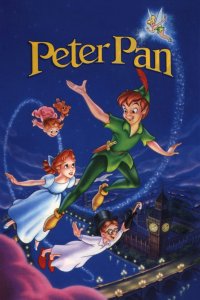We mentioned this book in our archive post yesterday, and so I thought I would share this short archive diary post about reading it. It’s not quite a book review, as it was part of a larger project, but I remember enjoying it.
We are in the middle of a project on China at the moment. We are loosely following Sonlight curriculum’s 5th grade programme “Eastern Hemisphere” (previously called “Non-Western Cultures”) which is literature-based, and we are using a ‘read-aloud’ called “Young Fu of the Upper Yangtze” by Elizabeth Foreman Lewis. We are just over half-way through it, and the older children (nearly 11 and 6 1/2) are enjoying it. The two younger ones tend to either play with brio trains or run about in the garden if they don’t feel like listening. We also made a giant map of China which the younger children also got involved with colouring.
(We did take a photo of this when we borrowed the PDA from Schome, but I’m still working on loading it properly).
Motor-biker started writing in the cutest workbook I’ve even seen (it’s almost too good to use!) “Alfie Gets Ready to Write” by Shirley Hughes. It doesn’t seem to be on Amazon, and it’s bizarre that I couldn’t find it listed on the internet at all, and… it doesn’t have an isbn number. I bought it from Books for Children club, so I’m guessing it was specially created and printed as a club exclusive.
Editor’s notes:
This post was originally published on my Svengelska Hemskolan and Multiply blogs in around 2008.
I seem to remember that our China project was the last unit study we did with Sonlight before I got ill and we moved from Milton Keynes to Cornwall. I’m not entirely sure whether or not we even finished it. We loved our Sonlight years and, although now I am not religious we probably would choose a more secular curriculum, one of the beauties of Sonlight and indeed any literature based curriculum is that you can discuss it from your own perspective, unlike a lot of American curriculum which tends to tell you exactly what to say and what to think.
I did look for ‘Books for Children Club’ to link to it, but that doesn’t seem to exist now either, although there seem to be several children’s book clubs that have replaced it. If you use one and recommend it, please comment and let me know!





